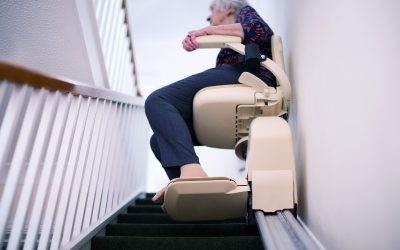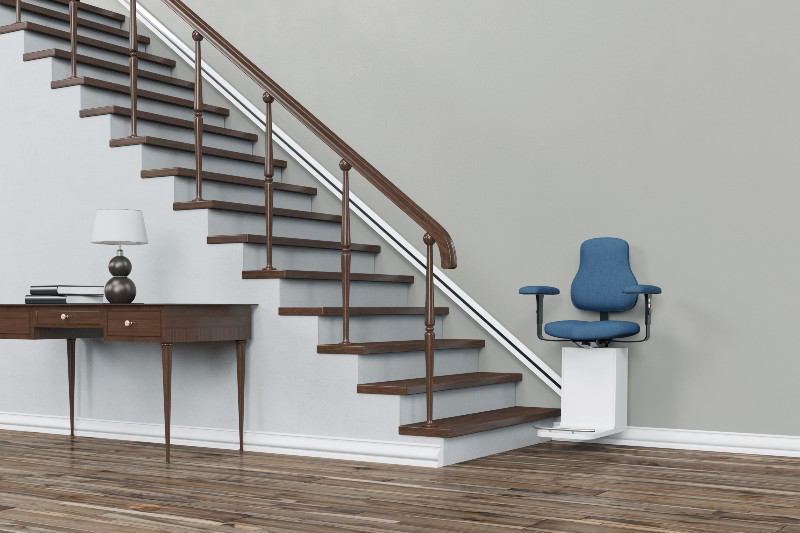The desire for greater independence and comfort at home has driven many families to seek innovative solutions for mobility challenges. For individuals with limited mobility, navigating stairs or raised entryways can present daily obstacles that diminish freedom and quality of life. Many homeowners now turn to mobility lift systems to transform their living spaces, making every level of the home safely and easily accessible.
Transforming Home Accessibility
Residential accessibility has become a top priority for countless Americans, especially as more people choose to age in place or accommodate loved ones with physical disabilities. Installing a wheelchair lift in the home removes barriers and empowers users to move between floors without assistance. Unlike traditional ramps, which can require significant space and may not always be feasible, wheelchair lifts offer a compact and efficient solution that integrates seamlessly into a wide range of home layouts.
Modern mobility lifts come in various designs, including vertical and inclined platform lifts, each tailored to different architectural needs. Vertical platform lifts are ideal for short flights of stairs or porch elevations. In contrast, inclined lifts can be installed alongside existing staircases, preserving the home’s aesthetics and functionality. These devices are engineered with safety features such as non-slip surfaces, sturdy barriers, and emergency stop buttons, ensuring peace of mind for users and their families.
Enhancing Comfort and Independence
A sense of autonomy is vital for overall well-being, and wheelchair lifts allow individuals to access every part of their home without reliance on others. This increased independence contributes to higher self-esteem and improved mental health, as users can participate more fully in daily activities and social gatherings.
Comfort is another significant advantage. Home mobility lifts are designed for smooth, quiet operation, minimizing disruptions within the home environment. Many models feature customizable controls, allowing users to adjust speed and other settings according to their preferences. By reducing physical strain and eliminating the need to transfer out of a wheelchair, these lifts also help prevent injuries and fatigue for users and caregivers.
Practical Considerations for Homeowners
Choosing the right wheelchair lift involves assessing several factors, including the layout of the home, the intended user’s needs, and local building codes. Professional installation ensures the lift meets all safety standards and operates reliably for years. Routine maintenance and periodic safety checks are essential to maximize the lifespan and performance of the equipment.
Financial considerations are also important, as some insurance plans or government programs may offer assistance for accessibility modifications. Homeowners are encouraged to research options and consult experts to find a solution that fits their requirements and budget.
For those seeking a reliable partner in home accessibility, Mobility123 – Stairlifts & Elevators stands out as a reliable solution. They provide expert guidance and quality products designed to enhance mobility, safety, and comfort in every home.

